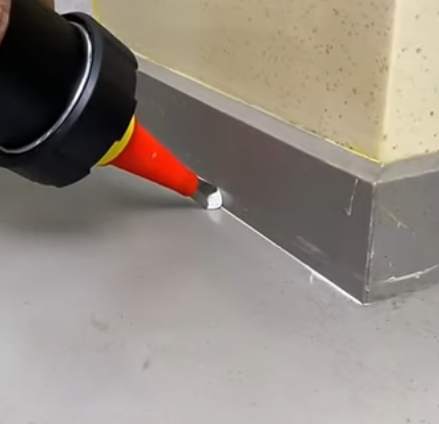Key Principles for Storing Acrylic Sealant
Key Principles for Storing Acrylic Sealant
Cool: The recommended storage temperature is between 5°C and 25°C.
Dry: Keep the environment dry and humidity low.
Protected from light: Avoid direct sunlight, especially UV radiation.
Sealed: Keep the container tightly sealed to prevent air from entering and causing curing or skinning.
Detailed Storage Requirements
Temperature Control:
Optimal range: 5°C – 25°C.
Avoid High Temperatures: Excessively high temperatures (>30°C) accelerate chemical reactions, potentially causing premature curing of the sealant within the tube, decreased viscosity, decreased performance, and shortened shelf life. Avoid storing in high-temperature locations, such as near heaters, in boiler rooms, or in cars exposed to direct sunlight.
Avoid Low Temperatures/Freezing: Excessively low temperatures (<5°C) or freezing can cause the sealant to thicken, crystallize, or form particles, severely affecting extrudability and performance. Thawing often does not restore the sealant to its original properties. Avoid storing in unheated garages, basements, or outdoors during the winter.
Humidity Control:
Store in a dry environment, away from moisture. High humidity has relatively little effect on unopened sealant, but moisture can penetrate into poorly packaged containers or opened tubes, causing crusting or curing.
Protecting from Light:
Ultraviolet rays accelerate the aging of sealant. Store in a cool, dark place, preferably in the original packaging (usually aluminum foil tubes), or in a light-proof cabinet/box.
Sealing:
Unopened products: Ensure the original packaging is intact.
Opened products: This is the key storage challenge!
After use, always seal the tube tightly with the designated plastic plug or cap.
Do not attempt to screw the original pointed cap back on, as this will not effectively seal out air.
A practical tip: After squeezing out the required amount of glue, wipe any excess glue from the nozzle with a paper towel. Then, take a small nail or screw (slightly smaller in diameter than the nozzle) and insert it, with the large end facing outward, into the nozzle about 1 cm deep, completely blocking the nozzle (the nail head will get stuck outside the nozzle). Finally, screw on a plastic cap to protect the nail and prevent dust from entering. This will minimize airflow and prevent any remaining glue from curing.
Specified sealant nozzle plugs are also available.
Shelf Life:
Unopened products typically have a shelf life of 9 months to 1 year (see product packaging for details) under recommended storage conditions.
Opened products do not have a specific expiration date. Even if properly sealed, their performance and curing properties will gradually deteriorate over time. It is recommended to use the product as soon as possible (usually within a few weeks) and closely monitor the extrusion process (for signs of clumping, thickening, or difficulty in squeezing) and the curing process.
Packaging Directions:
When storing, it is best to store the hose with the nozzle facing upward to avoid prolonged contact of the gel with the nozzle or cap, thus reducing the risk of skinning.
Environment:
Keep away from sources of fire and heat.
Avoid contact with solvents, oils, or other chemicals.
Keep out of reach of children and pets.
Key Points:
Storage Location: In a cool, dry indoor cabinet or storage room (such as a closet or tool shed).
Avoid Locations: Balconies, windows (sunlight), near heaters, near kitchen stoves (hot fumes), unheated garages/basements (low temperatures), damp bathrooms, and outdoors.
After Opening: Seal the container tightly (using a dedicated plug or nail) immediately and use as soon as possible.
Pre-Use Inspection: Especially for products that have been stored for an extended period or in potentially poor conditions, inspect the gel before use to ensure uniformity and to check for lumps, hard particles, separation, or unusual odors. If any abnormalities are found, discard the product.

